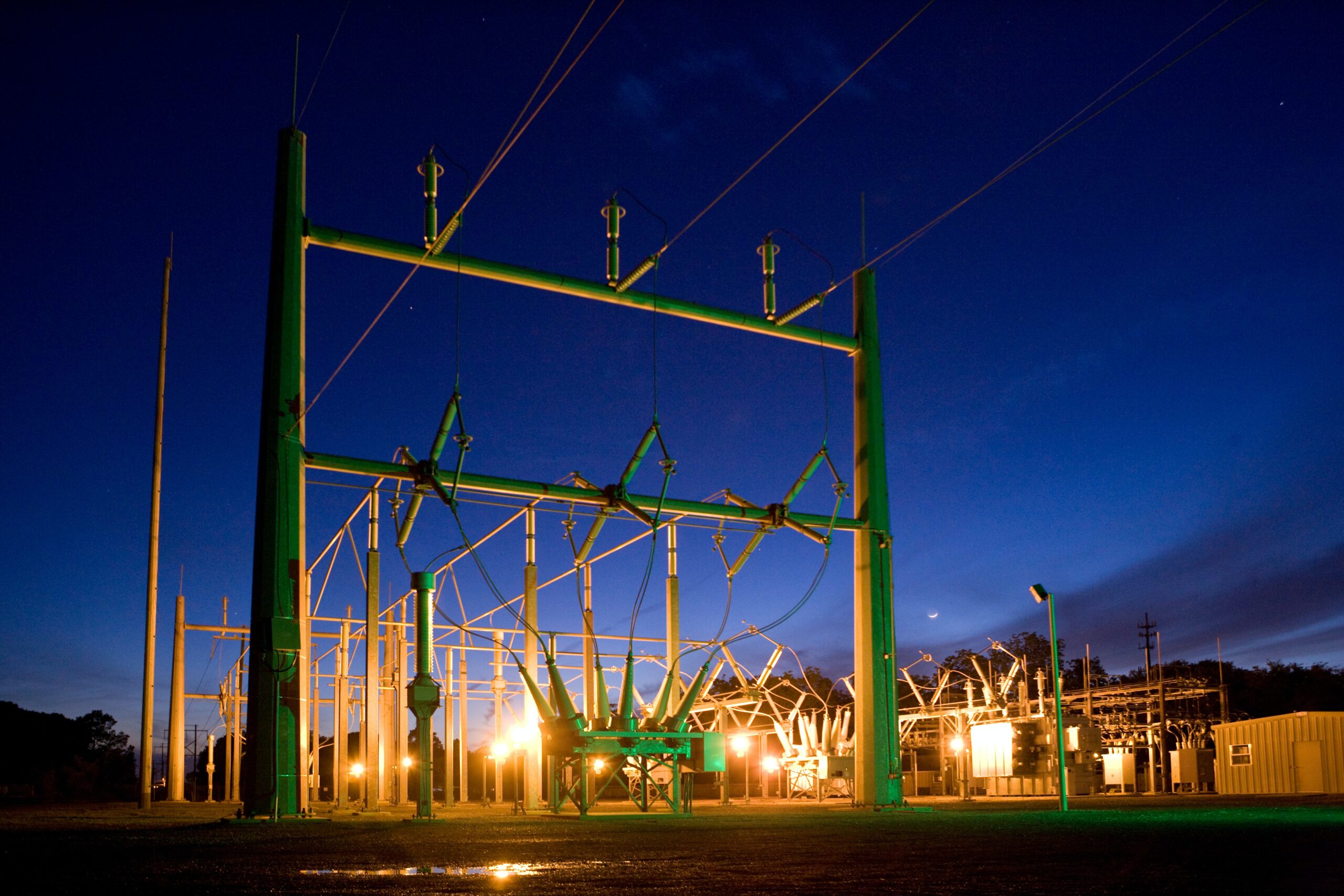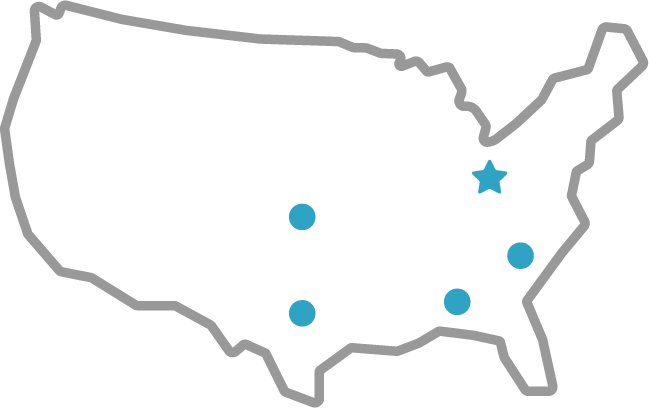JCL Journal
From Power Plant to You“Electricity is really just organized lightning” (George Carlin)

The JCL Energy Journal recently took a look at the US Electric Grid to learn how the American power grid is organized, and how it functions as a whole. Now we go deeper and map the journey of electricity, from power plant to you. Electrical transformers are a huge piece of the infrastructure of the grid. Do you know which types of transformers are used at each step in the process? Read on to find out!
Generation
All energy already exists in some form. The first law of thermodynamics states that we cannot create or destroy energy. Because of this, electricity generation is actually a process of using fuel to generate movement, which turns potential energy into electrical (kinetic) energy. This happens on a small scale (like the generator you may have in your garage) or a large scale (like a power plant). As of 2020, there were over 11,000 utility-scale electric power plants in the United States. That’s a whole lot of electricity production!
Over the years, America has generated electrical energy using several different types of fuel. No matter the type of fuel used, the process remains fairly similar. First, the fuel source powers large turbines. When the turbines spin, their movement turns a shaft connected to a generator. As a result, the movement creates a magnetic field inside the generator, producing “voltage,” aka electricity. Once generated, the electricity is ready to begin its journey from power plant to you.
Transmission
Of course, all that high voltage power needs to go somewhere. The first stop on the journey out of the power plant is a transmission substation. Here, huge electrical substation transformers step up the electricity to extremely high voltages. Higher voltages are more efficient for travel across power lines. Once the voltage reaches the 115,00 – 500,000 V range the electricity is ready to travel the lines and head towards the destination point.
Between the power plant and you, a vast system of steel towers supports many miles of power lines. Electricity travels through this system for as many as 300 miles to reach the delivery point. And there are still a few more stops to make before the voltage reaches your home.
Switching Station to Distribution Substation
After the journey across the power lines, the voltage is still far too high for the electricity to be safely distributed to homes and businesses. First, a switching station steps down the voltage. Step-down transformers convert the voltage to the 115,000 – 46,000 V range. At this range, the electricity can safely continue on to another electrical substation to prepare for distribution. At the distribution substation, transformers step down the voltage even further. A safe level for neighborhood distribution is around 25,000 – 13,200 V. At this point, the journey from power plant to you is finally nearing its end.
Distribution
Electricity leaves the electric substation and travels across more miles of power lines to reach your neighborhood. Before it enters your home, the current needs to go through one final step down process. Distribution transformers step down the voltage to a safe level for homes and businesses, usually 120/240 V. Single-phase pole mounted transformers do the work in areas with poles and above ground wires. Pad mounted transformers step down the power in areas with underground lines.
From the distribution transformer, the electricity travels across a service wire connected to the building. The voltage goes through the meter box, usually connected to the breaker system. At this point, the wiring in the building takes over and distributes the power as needed. The voltage has reached the end of an incredibly long journey, from power plant to you.
Transformers… More than Meets the Eye
Substations, pad mounts, pole mounts… they are all critical components in the generation and distribution of power. As a result, professionals closely monitor the stepping up and stepping down process at all points to ensure efficiency and safety. From power plant to you, the journey of electricity depends on transformer units working properly. Well-maintained transformers are more efficient, and more effective. Luckily, JCL Energy knows exactly what it takes to keep America energized in all stages of the process, because we know transformers!
For more information about the components of electric power generation, transmission, and distribution, you can visit OSHA’s website for an illustrated glossary of terms.
Sources
“How Does Electricity Get to My Home?”. Renaissance Power & Gas, https://www.renaissancepowerandgas.com/how-does-electricity-get-to-my-home/ .
“How Does Electricity Get to Your Home?”. Mr. Electric, https://mrelectric.com/blog/how-does-electricity-get-to-your-home .
“How Power Is Delivered to Your Home | Central Alabama Electric Cooperative.”. Central Alabama Electric Cooperative, https://caec.coop/electric-service/how-power-is-delivered-to-your-home/ .


